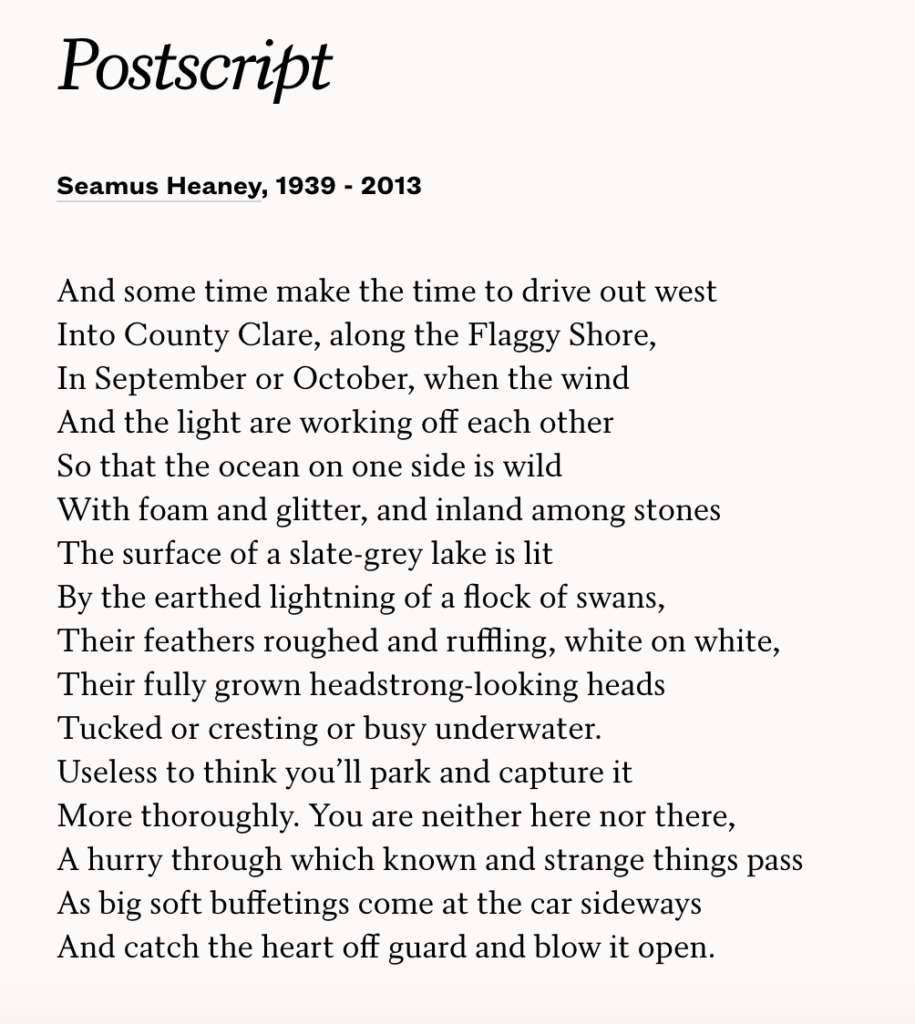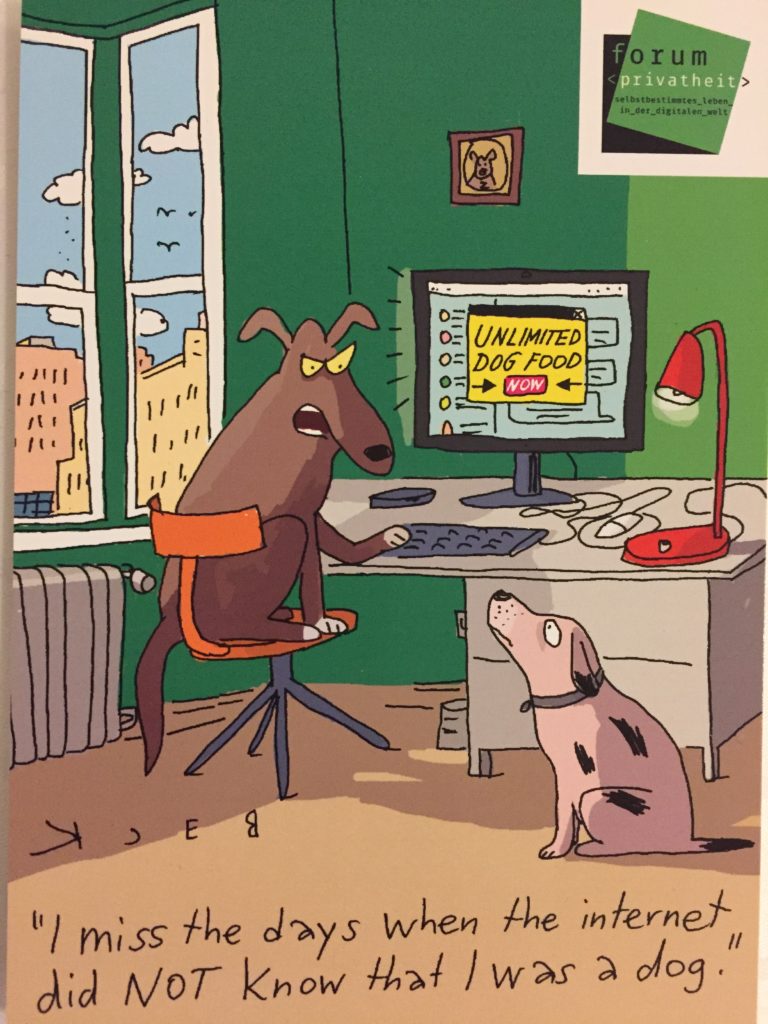Paris in Motion 1 from Mayeul Akpovi on Vimeo.
Category Archives: Asides
As she used to be
From a National Geographic photograph by Eric Kruszewski.
It’s not all bad news. The wonderful (and, sadly, late) Andrew Fallon made an intensive and comprehensive laser-scan of the entire building some years ago. Alexis Madrigal tells the story here. So a reference blueprint (should that be dataprint?) exists from which restorers can work.
Are fears about climate change a reason for not having kids?
Absolutely not, says Tyler Cowen, in this usefully contrarian column. He concludes thus:
So if you are both worried about climate change and considering starting a family, I say: Put aside the unhelpful mess of emotions some participants in this debate are trying to stir up. Instead, focus on how your decision might boost future innovation. As a bonus, you might find that one of the better approaches to climate change is actually pretty fun.
His basic point is that your kids (given that you’re thinking about the problem) are more likely to be part of the solution than of the problem.
How to write about automobiles
Here’s the Observer‘s Martin Love on the Mercedes G-wagon:
Looking across the street to where I’ve parked a whopping Mercedes G-Class, I watch a short scene unfold, which sends me plunging down memory lane. A little boy is walking to school with his mum. His younger sister is thrashing around in her pushchair like a netted salmon. Suddenly, they all stop. The boy has spotted the emerald green G-Wagon lurking across the road. His mum patiently wheels the buggy across to it and then, slowly, they inch around the car – the boy’s mouth gapes with incredulity. His toy car has been reborn as a colossal giant. At one point he delicately lays his hand on its immense flank – as if he’s touching a sleeping tyrannosaurus. He’s mesmerised by the car’s size and promise of power. It’s exactly what I would have done… Scratch that, it’s exactly what I did do a few days earlier, when I collected the car. If machines get you, they always will. And there are few with more emotional traction than the G-Wagon.
This barnstormer takes quasi-industrial styling and military machismo to nose-bleeding levels…
Funnily enough, as a recovering petrolhead who now drives a sensible hybrid, I know just what he means. Returning from Provence last Summer, we were parked at the Eurotunnel terminal waiting for our shuttle to be called. When we got back to the car after getting a coffee, there was a span-new G-Wagon parked next to us. And, despite myself, I had exactly the same reaction. It’s an astonishing vehicle. Completely OTT. But not repulsive in the way that the Humvee is.
Love finishes his essay nicely…
I popped across the street and asked the small boy if he’d like to climb in and “start her up”. He gleefully accepted… feet dangling, finger hesitating over the ignition, then the omnipotent roar of the engine. Start saving now, little guy.
Only £143,305 to go.
Zuckerberg’s ‘pivot’
Zeynep Tufekci isn’t taken in by the Supreme Leader’s latest cant:
The platitudes were there, as I expected, but the evasions were worse than I anticipated: The plan, in effect, is to entrench Facebook’s interests while sidestepping all the important issues.
Here are four pressing questions about privacy that Mr. Zuckerberg conspicuously did not address: Will Facebook stop collecting data about people’s browsing behavior, which it does extensively? Will it stop purchasing information from data brokers who collect or “scrape” vast amounts of data about billions of people, often including information related to our health and finances? Will it stop creating “shadow profiles” — collections of data about people who aren’t even on Facebook? And most important: Will it change its fundamental business model, which is based on charging advertisers to take advantage of this widespread surveillance to “micro-target” consumers?
AI hype
Famous Seamus and February 1st
Today is St Brigid’s Day, still celebrated in my native land. John Humphreys of Radio 4’s Today programme had a lovely interview with Seamus Heaney’s widow, Marie, and their daughter, Catherine.
Just before the end, Humphreys asks them to name their favourite poem from Heaney’s formidable oeuvre. Catherine chose ‘Postscript’, which also happens to be mine.
1993 joke v2.0
Card picked up at the 2019 Data Protection and Democracy conference in Brussels.
Paris in la Belle Époque
Extraordinary collection of high quality remastered prints from films made by the Lumière company in Belle Époque-era Paris, France from 1896-1900. Slowed down footage to a natural rate and added in sound for ambiance. Gives on an extraordinary feel life on the streets at the end of the nineteenth century.
The Feynman trap
Gary Smith, writing in Wired:
Nobel laureate Richard Feynman once asked his Caltech students to calculate the probability that, if he walked outside the classroom, the first car in the parking lot would have a specific license plate, say 6ZNA74. Assuming every number and letter are equally likely and determined independently, the students estimated the probability to be less than 1 in 17 million. When the students finished their calculations, Feynman revealed that the correct probability was 1: He had seen this license plate on his way into class. Something extremely unlikely is not unlikely at all if it has already happened.
The Feynman trap—ransacking data for patterns without any preconceived idea of what one is looking for—is the Achilles heel of studies based on data mining. Finding something unusual or surprising after it has already occurred is neither unusual nor surprising. Patterns are sure to be found, and are likely to be misleading, absurd, or worse.
Lots of other examples.
The moral? “Good research begins with a clear idea of what one is looking for and expects to find. Data mining just looks for patterns and inevitably finds some.”




